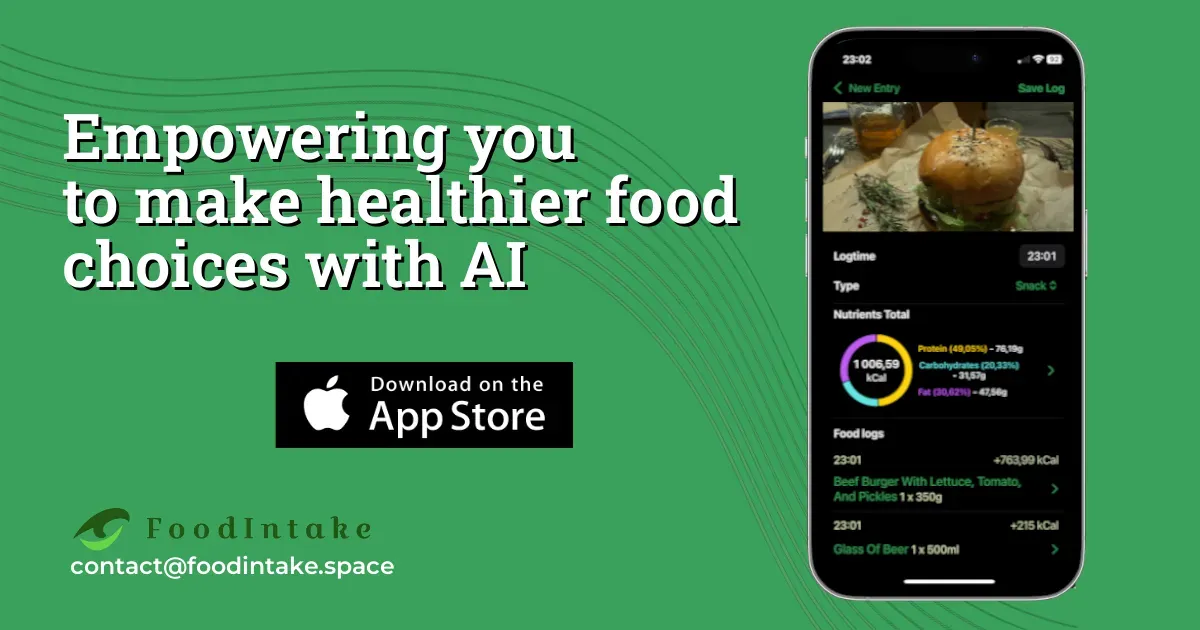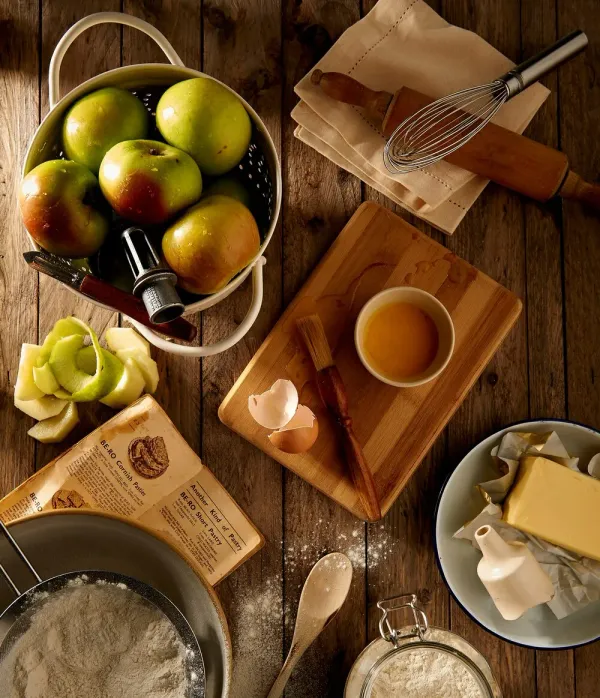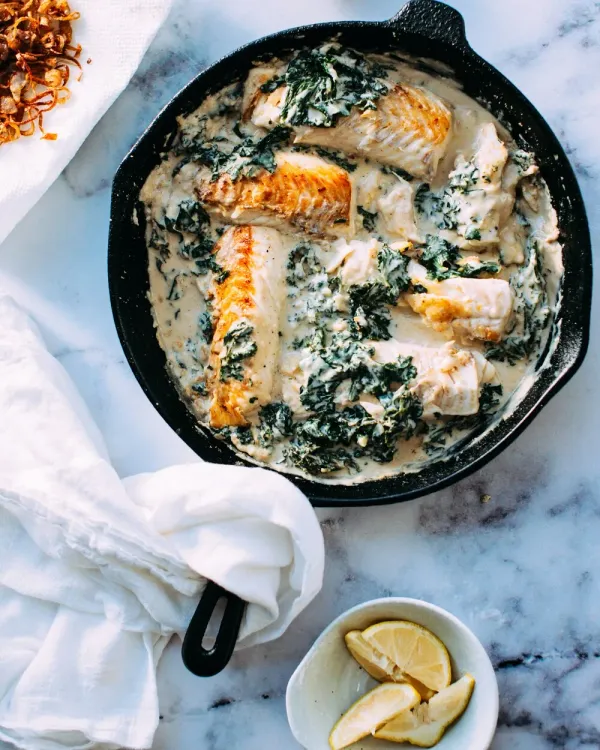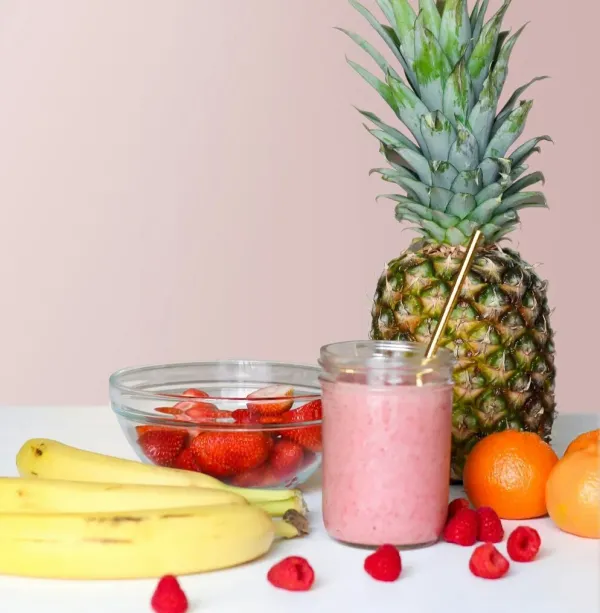Unprocessed vs processed foods
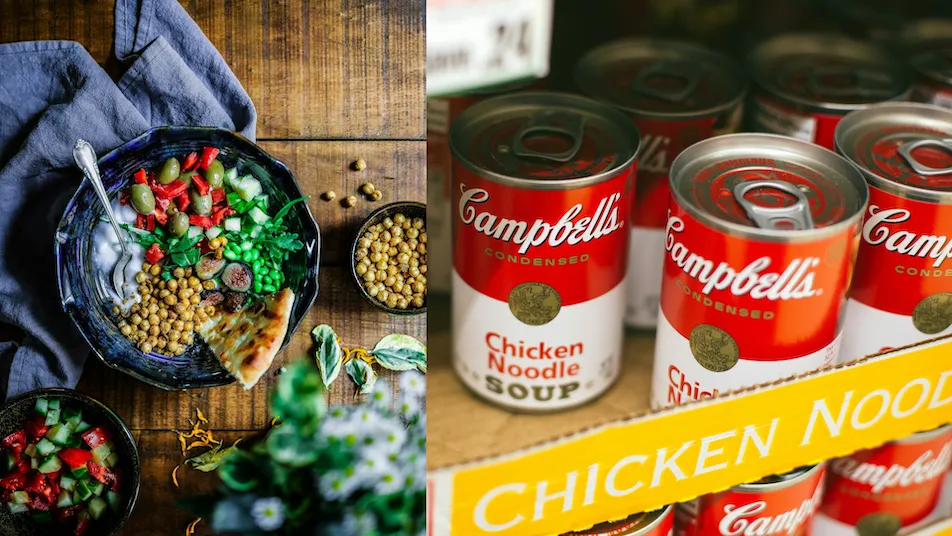
Why is it important to know it?
Ok, what is actually processed food and ultra-processed foods?
In simple terms, this approach pertains to the complex processes used in the food industry that, while aimed at improving storage, transportation, and sensory appeal of food, often come with significant drawbacks. By focusing on extending shelf life, enhancing taste, and improving visual appeal through artificial means, these processes can sometimes compromise the natural quality and health benefits of the food, leading to concerns about the long-term impact on consumer well-being and the environment. But hopefully you can check is your food processed by simply scanning it in FoodIntake app
Examples of components included in ultra-processed foods:
- Flavour enhancers are substances which enhance the existing taste and/or odour of a foodstuff.
- Colour retention agent
- Food colouring: substance that imparts color when it is added to food or drink
- Anti-bulking agent
- Sweeteners are substances used to impart a sweet taste to foods or in table-top sweeteners.
- Humectants are substances which prevent foods from drying out by counteracting the effect of an atmosphere having a low degree of humidity, or promote the dissolution of a powder in an aqueous medium.
- Glazing agents -including lubricants- are substances which, when applied to the external surface of a foodstuff, impart a shiny appearance or provide a protective coating.
- Carbonating agent a food additive used to provide carbonation in a food.
Nova groups for food processing
NOVA is the food classification that categorises foods according to the extent and purpose of food processing, rather than in terms of nutrients. It is set of groups or labels assigned to food products based on how much processing they have been through.
A classification in 4 groups to highlight the degree of processing of foods
Group 1. Unprocessed or minimally processed foods
Unprocessed foods are edible parts of plants, animals, fungi, algae, and water, separated from nature. Minimally processed foods are altered by methods like removal of unwanted parts, drying, grinding, roasting, boiling, fermentation, pasteurisation, refrigeration, and packaging. These methods preserve foods, making them suitable for storage, safe, edible, or more pleasant to eat. Many of these foods are prepared at home or in restaurants as dishes or meals with processed culinary ingredients.
Group 2. Processed culinary ingredients
Processed culinary ingredients like oils, butter, sugar, and salt are derived from natural foods through processes such as pressing and refining. They're used in kitchens to prepare various dishes like stews, salads, breads, and desserts, and are usually not consumed alone but combined with other foods.
Group 3. Processed foods
Processed foods like bottled vegetables, canned fish, fruits in syrup, cheeses, and fresh breads are made by adding substances like salt, oil, or sugar to basic foods. They undergo cooking or preservation methods, and in some cases, non-alcoholic fermentation. Generally having two or three ingredients, these foods are modified versions of basic foods, edible alone or with other foods. Processing enhances durability and sensory qualities.
Group 4. Ultra-processed foods
Ultra-processed foods like soft drinks, snacks, and pre-made frozen dishes are largely composed of food-derived substances and additives. These often include sugars, oils, and salts, along with other energy and nutrient sources not typically used in regular cooking, such as casein, lactose, and gluten.
These products undergo further processing to include elements like hydrogenated oils, hydrolysed proteins, and high-fructose corn syrup. They also contain additives to enhance sensory qualities and disguise unpalatable aspects, including dyes, flavours, and various processing aids.
The goal of ultra-processing is to create convenient, appealing, and profitable food products designed to replace all other food groups. These products are typically packaged in an attractive way and marketed intensively.
References
- Consumption of ultra-processed foods and cancer risk: results from NutriNet-Santé prospective cohort
- The UN Decade of Nutrition, the NOVA food classification and the trouble with ultra-processing, published online by Cambridge University Press: 21 March 2017
- Monteiro CA, Cannon G, Levy RB et al. NOVA. The star shines bright. [Food classification. Public health] World Nutrition January-March 2016, 7, 1-3, 28-38
- https://world.openfoodfacts.org/nova
FoodIntake app - macro counter, nutrition calculator
Food to calorie converter, helps to compute calories in recipe, nutrient content calculator.


